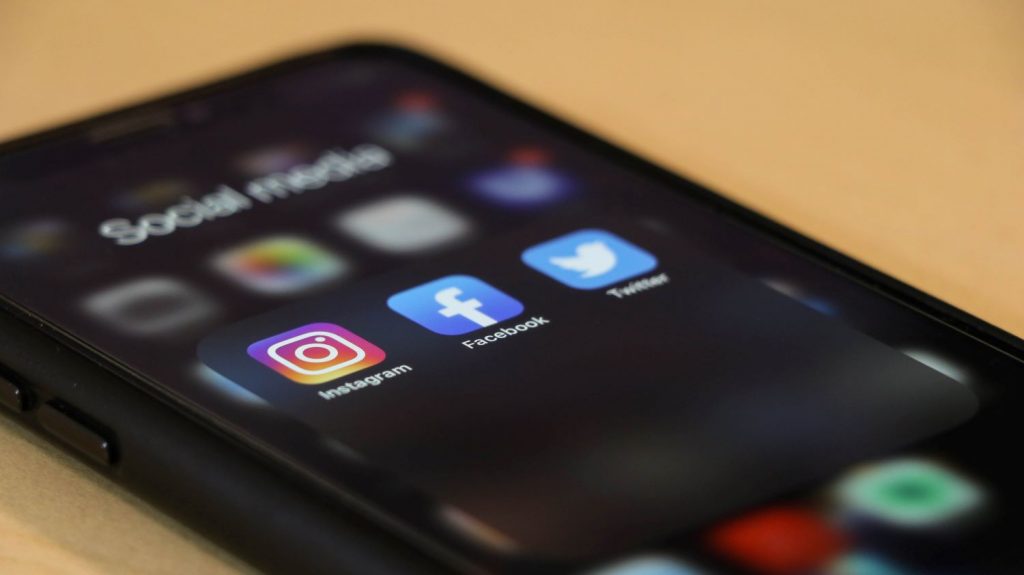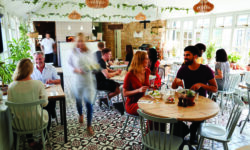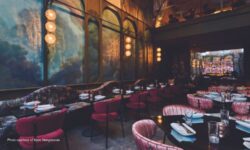How Social Media Can Help You Communicate with Your Restaurant Patrons During COVID-19
The COVID-19 virus has had a major impact on restaurants around the world. Many restaurants are turning to social media to get the word out about changes in hours, delivery options, reduction in services, and new safety protocols. But now is also a good time to establish your brand as a local business that is contributing to (and caring for) your community.
Here are some tips on how to use social media to stay connected to your community during these trying times.
Increase Your Visibility
If you’re not typically very active on social media, consider a more consistent posting schedule over the next several months. 3-4 posts per week on Facebook and Instagram and a post every couple of days on Twitter is quite typical. The amount of time people are spending on Facebook, Instagram and other platforms has grown substantially as people are increasingly working from home and spending time indoors. In Canada, the number of minutes people spent on social networking sites rose 36% in March, according to ComScore. Staying active and visible when your customers are online will help you stay top-of-mind and maintain a relationship even if you aren’t currently open
Consider Your Platforms
Determine the most important messaging you want to convey during this crisis and your target audience, and tailor it to the best platform available. If you are still open or are offering takeout/delivery, consider doing daily posts on Facebook and Instagram about today’s specials. If you are sharing industry news about how restaurants are coping and adapting during this time, focus on Twitter. To offer a behind-the-scenes look at food preparation and the safety measures you’re implementing, try video – either as post or by going live on Instagram or Facebook. Also, remember to “pin” important posts to the top of your Facebook page for greater visibility.
Many businesses are using social media to stay relevant and top of mind, even if they are not currently open. Gyms and personal trainers are streaming at-home workouts for free using Instagram and Facebook Live, musicians are hosting live sessions, closed restaurants are using Instagram Stories’ “question stickers” to ask patrons to share their favourite memories of their establishment, etc. Think about what types of insider content you can post to remind customers that you are looking forward to returning to business as usual once this crisis passes. As an example, perhaps you can shoot a video of your chef preparing one of your house specials or giving some tips on how to cook the perfect steak at home.
While we generally recommend using Instagram for younger
audiences and Facebook for slightly older audiences, it is best to look at the
free analytics tools these social platforms offer to determine where to best
focus your resources for your particular audience. Which social network gives
you the most engagement? What time of day are your fans online most? Let your
data guide your posting decisions.

Spread the Word with Advertising
Are you still open for takeout and/or delivery? Consider amplifying your message with paid advertising. Facebook and Instagram advertising, in particular, allows you to target a specific radius around your restaurant (i.e. your delivery area). Or if you have a newsletter list, you can target your subscribers, reminding them how much they love your establishment or offering a special promotion. Additionally, since many businesses have closed there has been a pullback on advertising in general, so these platforms may not be as competitive as usual, allowing you to stretch your advertising dollars and reach more people at a slightly lower cost.
Amp Up Your Customer Service
If you are still operating, be sure to have someone regularly monitoring all your active social platforms and responding to any comments or private messages your business pages are receiving. A timely, helpful response might make a customer choose you over another local takeout or delivery option. Even if you are not operational at this time, check your activity regularly and respond to comments as soon as possible. Consider setting up instant replies with information you expect your customers to be looking for.
Strike the Right Tone
This is an uneasy time for many people. While you don’t want to completely disregard your brand positioning and voice, you may want to adjust it based on how your audience is currently feeling. If your restaurant’s messaging is usually very clever, irreverent or pun-driven, consider how that will be perceived in the current environment. Try to strike a balance that allows you to stay true to your brand while still being perceived as helpful in a crisis.
Adjust to a Rapidly Changing Landscape
If your hours of operations change, be sure to update that quickly on your website, Facebook page, Yelp listing and Google My Business page. Also, be aware that Google has announced they are temporarily disabling all new reviews and responses at this time. Yelp has also changed its stance on reviews, announcing a zero tolerance policy for “any claims in reviews of contracting COVID-19 from a business or its employees, or negative reviews about a business being closed during what would be their regular open hours in normal circumstances.”
Many restaurants are facing unexpected challenges and unprecedented changes in their operations, but by being responsive and transparent with your customers during this trying time, you can keep them informed, connected and loyal to your business.









